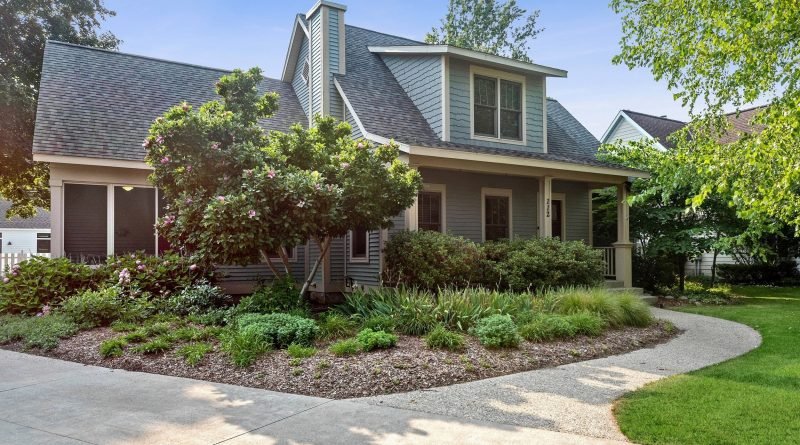Spain: Half of Spain’s provinces have seen a reduction in the density of short-term rental properties, in the last year, according to Mabrian Data Intelligence.
Mabrian says the trend signals “the start of a new phase, driven by local, regional, and national regulations, aimed at reorganising the market and tackling the illegal holiday rental sector in Spain”.
To assess whether regional and autonomous regulations, along with the implementation of The National Registry for Tourist and Seasonal Rentals, have contributed to reducing the concentration of short-term rentals in Spain, Mabrian calculated the number of STR properties available in August 2025 per inhabited square kilometre, excluding areas without population or accommodation facilities (such as natural parks), across all 50 Spanish provinces.
Carlos Cendra, partner and director of marketing and communication at Mabrian, said: “Although, nationwide, the average decrease in short-term rentals territorial concentration is modest, the behaviour of this indicator across the Spanish provinces reflects the impact of recently implemented regulations as well as the resources allocated by all administrations to monitor and regularise this market.”
The national average distribution of short-term rental (STRs) properties per inhabited square kilometre in Spain decreased by 0.2 points over the past year, falling from an average of 6.8 to 6.6 properties per square kilometres. Notable drops were seen in Alicante, Santa Cruz de Tenerife, and Pontevedra, while increases occurred in Malaga, Seville, and Girona.
Other provinces with strong seasonal demand, such as Valencia, Tarragona, Murcia, Cantabria, and A Coruña, also saw decreases. On average, in August 2025, Valencia has 11.34 tourist homes per square kilometre; Murcia 6.58; Cantabria 5.05; and A Coruña, 4.02.
The provinces of Castellón (-0.6 points, with a ratio of 10.55) and Cádiz (-0.5 points, with a ratio of 13.36) have also seen a drop. In addition, Guipúzcoa, the Balearic Islands, and Asturias each dropped -0.4 points from last year, with respective ratios of 8.07, 6.71, and 4.67 homes.
“The implementation of the national registry for short-term rentals in July, combined with the cooperation of platforms such as Airbnb in enforcing it, turned this month into pivotal milestone for the provinces where the concentration of holiday rentals has declined,” said Cendra.
“This suggests a scenario in which the market is getting reorganised following the introduction of the registry,” he added.
Highlights:
• Half of Spain’s provinces have seen a reduction in the density of short-term rental properties, in the last year, according to Mabrian Data Intelligence
• Mabrian calculated the number of STR properties available in August 2025 per inhabited square kilometre across all 50 Spanish provinces
• The national average distribution of short-term rental (STRs) properties per inhabited square kilometre in Spain decreased by 0.2 points over the past year
• Notable drops were seen in Alicante, Santa Cruz de Tenerife, and Pontevedra, while increases occurred in Malaga, Seville, and Girona







